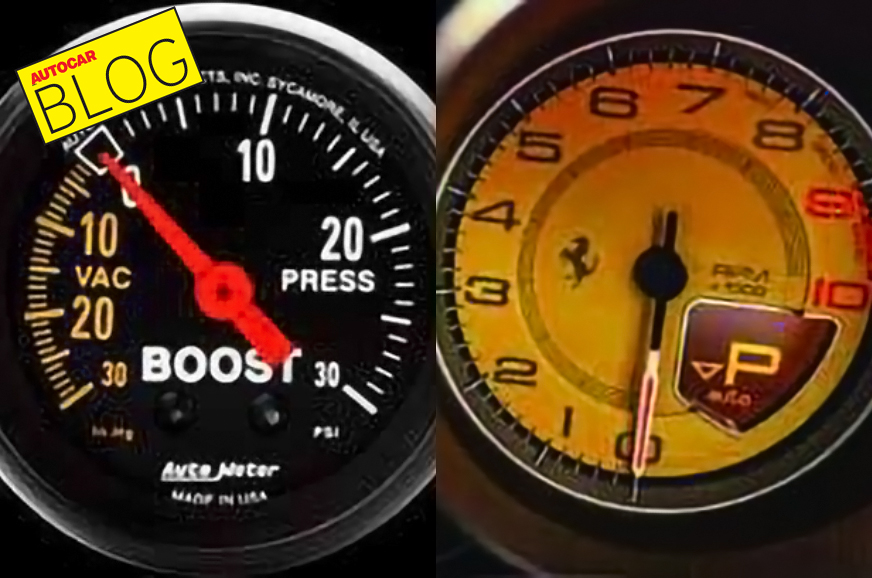
Direct-injection turbos are slowly but surely taking over. First, they added an extra dimension to diesels and transformed them completely, and now they are doing much the same with petrols. Naturally aspirated petrols, in fact, are falling by the wayside at such a rate, they may soon be gone; forever extinct. And that, let’s face it, will be a lot more tragic than some of the ‘special’ content on Netflix.
India apart, direct- injection turbo-petrols already rule the roost. The good and the great, in fact, have deserted the naturally aspirated petrol. Smooth, highrevving petrols were part and parcel of BMW’s DNA. Not a single one exists today. None. Zero. Porsche isn’t any different. Worse, in some cars, it has even axed its legendary naturally aspirated flat-six. Anyone who thinks the turbo four in the 718 is better than the naturally aspirated six in the Boxster should receive automatic certification. Ferrari has gone turbo too. The 6.5-litre, naturally aspirated V12 still exists, thank heavens for that, and honestly that is the pinnacle. But Ferrari’s V8 is now blown, and although the torque is tremendous, it isn’t necessarily better overall. No wonder the last naturally aspirated Ferrari V8, the 458, is fast becoming a legend. How can you argue with 9,000 screaming RPM and that gleeful exuberance?
Global synergies being what they are, turbo-petrols are finally pouring in to India as well. Hyundai now has a 1.0 and a 1.4 turbo, Volkswagen and Skoda have the super 1.0 TSI and 1.5 TSI, Renault and Nissan have a 1.0 and 1.3 turbo, and there are loads of others too. What’s staving them off, at least partially, is that the realworld fuel economy of turbos don’t quite match those seen on a rolling road. Not exactly ideal for a country where poor fuel economy is problem number one. Also, turbo DI petrols are more expensive to make, due to the higher internal loads and expensive add-ons.
This is why some of the Japanese carmakers are still flying the flag when it comes to naturally aspirated engines. This makes sense; they have always made the best affordable naturally aspirated engines. And why stop now? Honda’s new City will get a new twin cam 7,000rpm screamer, and not the 1.0 turbo, and that is a mini cause for celebration. Maruti is also staying away from turbos (for now). The 1.2 Dualjet will soon go under the bonnet of the Swift, which, at around 100hp per tonne, should make for a fun little hatch. And then there’s the news that Honda’s current City, with that manic 1.5, will still be around.
In fact, what I’m hoping to see in the future are a bunch of naturally aspirated hybrids. They will rev just as hard and be just as fun to drive. They will also be quick off the mark with the electric torque fill. They’ll be more efficient than turbos, and then, despite all the extra kit, they could be more affordable too.











0 komentar:
Post a Comment